Norway Spruce Screen Planting Distance
moissy
15 years ago
Featured Answer
Sort by:Oldest
Comments (22)
tsugajunkie z5 SE WI ♱
15 years agolast modified: 9 years agomoissy
15 years agolast modified: 9 years agoRelated Professionals
Horsham Landscape Architects & Landscape Designers · River Forest Landscape Architects & Landscape Designers · Finneytown Landscape Architects & Landscape Designers · Addison Landscape Contractors · Alpharetta Landscape Contractors · Coram Landscape Contractors · Estelle Landscape Contractors · Flagstaff Landscape Contractors · La Vista Landscape Contractors · Metairie Landscape Contractors · New Cassel Landscape Contractors · Point Pleasant Landscape Contractors · Sugar Hill Landscape Contractors · Woodbury Landscape Contractors · Suisun City Landscape Contractorstsugajunkie z5 SE WI ♱
15 years agolast modified: 9 years agogardener365
15 years agolast modified: 9 years agomoissy
15 years agolast modified: 9 years agogardener365
15 years agolast modified: 9 years agospruceman
15 years agolast modified: 9 years agospruceman
15 years agolast modified: 9 years agogardener365
15 years agolast modified: 9 years agogardener365
15 years agolast modified: 9 years agospruceman
15 years agolast modified: 9 years agogardener365
15 years agolast modified: 9 years agospruceman
15 years agolast modified: 9 years agomoissy
15 years agolast modified: 9 years agoamidheliot
15 years agolast modified: 9 years agospruceman
15 years agolast modified: 9 years agomoissy
15 years agolast modified: 9 years agogardener365
15 years agolast modified: 9 years agognomeabram
15 years agolast modified: 9 years agomoissy
15 years agolast modified: 9 years agospruceman
15 years agolast modified: 9 years ago
Related Stories
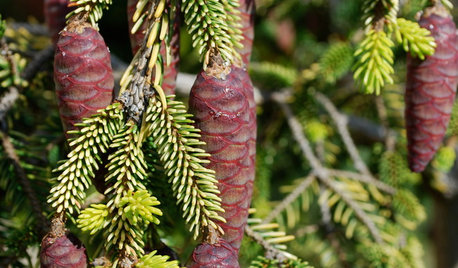
GARDENING GUIDESGreat Design Plant: Skylands Oriental Spruce, a Favorite Conifer
Brighten up a drab corner of your garden with Picea orientalis ‘Skylands’, a smaller spruce that a bird family might just call home
Full Story
GARDENING GUIDESGreat Garden Combo: 3 Wonderful Plants for a Deer-Resistant Screen
Protect your privacy and keep deer at bay with a planting trio that turns a problem garden area into a highlight
Full Story
LANDSCAPE DESIGNThe 7 Best Plant Types for Creating Privacy and How to Use Them
Follow these tips for using different kinds of plants as living privacy screens
Full Story
LANDSCAPE DESIGNWarm Up Your Home With an Evergreen Windbreak
Plant tall trees for more warmth in winter, serenity in summer and good looks all year long
Full Story
GARDENING GUIDESDesigning With Conifers: Find the Perfect Fit for Your Landscape
Conifers range from fairy-garden size to 70 feet tall. Here’s how to decifer the plant tag for the perfect long-term fit in your garden
Full Story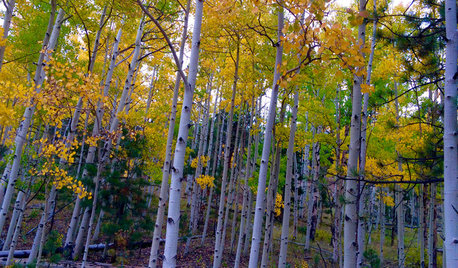
EARTH DAY‘Terroir’ Brings a Sense of Place to Your Landscape
Species native to and characteristic of your region firmly root your garden and landscape
Full Story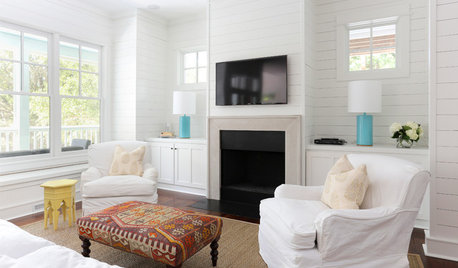
MONTHLY HOME CHECKLISTSYour May Checklist for a Smooth-Running Home
Sail through the rest of spring by spiffing up your home and getting down in the backyard with friends
Full Story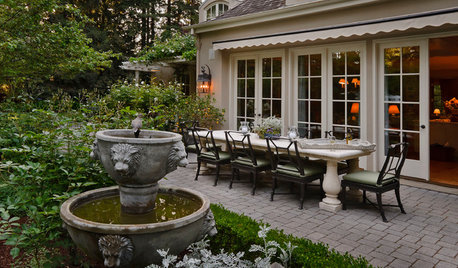
OUTDOOR ACCESSORIES10 Fountains to Bring Your Garden to Life
Water elements can be a dynamic focal point in your outdoor room
Full Story
LANDSCAPE DESIGNPretty Trees for Patios, Paths and Other Tight Spots
Choose trees for their size, shape and rate of growth — or shape them to fit your space. Here's how to get started
Full Story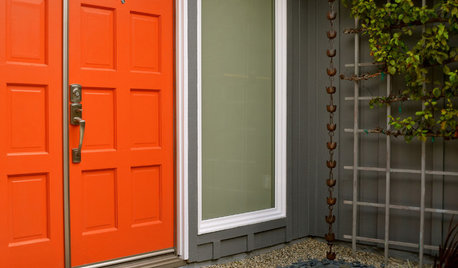
MOST POPULARHow to Choose a Front Door Color
If choosing a door paint isn't an open-and-shut case for you, here's help
Full StorySponsored
Most Skilled Home Improvement Specialists in Franklin County
More Discussions










gnomeabram